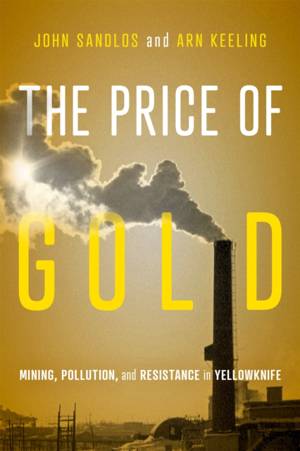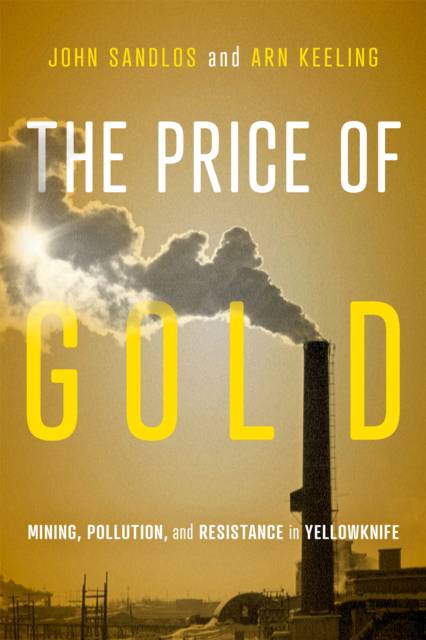
- Afhalen na 1 uur in een winkel met voorraad
- Gratis thuislevering in België vanaf € 30
- Ruim aanbod met 7 miljoen producten
- Afhalen na 1 uur in een winkel met voorraad
- Gratis thuislevering in België vanaf € 30
- Ruim aanbod met 7 miljoen producten
Zoeken
The Price of Gold
Mining, Pollution, and Resistance in Yellowknife Volume 19
John Sandlos, Arn Keeling
€ 48,45
+ 96 punten
Omschrijving
Fifty years of gold mining at Yellowknife in the Northwest Territories spurred northern settlement and produced millions of dollars in profits. But mineral processing also had catastrophic environmental effects and left a troubled legacy. When two mining companies in Yellowknife began processing gold ore in the 1940s, they did so with little or no pollution controls. Giant Mine spewed thousands of kilograms of arsenic trioxide from its roaster stack into the environment, causing illness and death among people and animals, especially in the adjacent Yellowknives Dene community. Even after the companies installed controls, arsenic trioxide continued to enter the atmosphere and waterways. Eventually Giant Mine, the biggest polluter, would deposit the arsenic dust beneath the mine, leaving 237,000 tonnes of highly toxic material buried underground. For decades, the mining companies and the federal government hid the worst effects of the pollution, doubted their own studies, and resisted calls for action. Yet the Yellowknives Dene fought back with the support of labour unions and environmental groups, questioning the safety of the air and water in their community and the massive toxic deposit underground. The Price of Gold traces the troubling history of one of Canada's most contaminated sites but also the inspiring story of Indigenous, labour, and environmental activists who resisted the ongoing poisoning of their communities.
Specificaties
Betrokkenen
- Auteur(s):
- Uitgeverij:
Inhoud
- Aantal bladzijden:
- 276
- Taal:
- Engels
- Reeks:
Eigenschappen
- Productcode (EAN):
- 9780228026174
- Verschijningsdatum:
- 16/09/2025
- Uitvoering:
- Paperback
- Formaat:
- Trade paperback (VS)
- Afmetingen:
- 152 mm x 229 mm
- Gewicht:
- 399 g

Alleen bij Standaard Boekhandel
+ 96 punten op je klantenkaart van Standaard Boekhandel
Beoordelingen
We publiceren alleen reviews die voldoen aan de voorwaarden voor reviews. Bekijk onze voorwaarden voor reviews.








